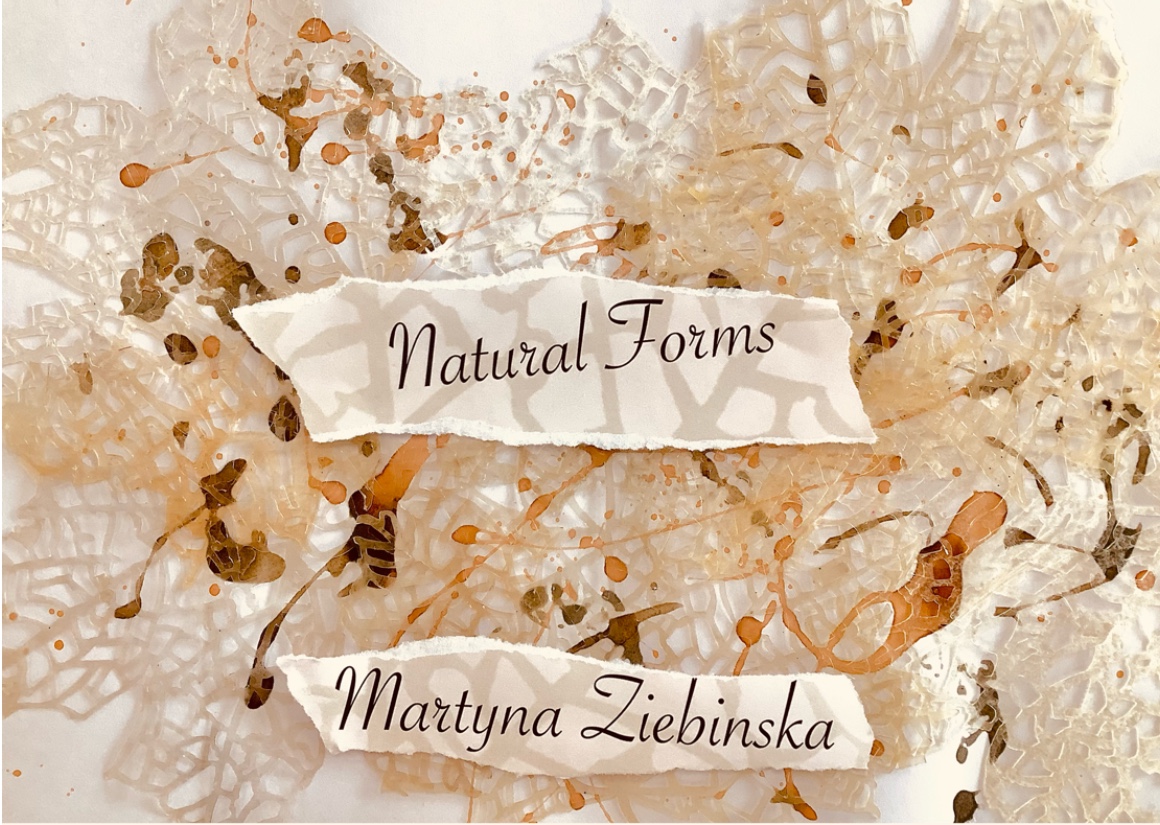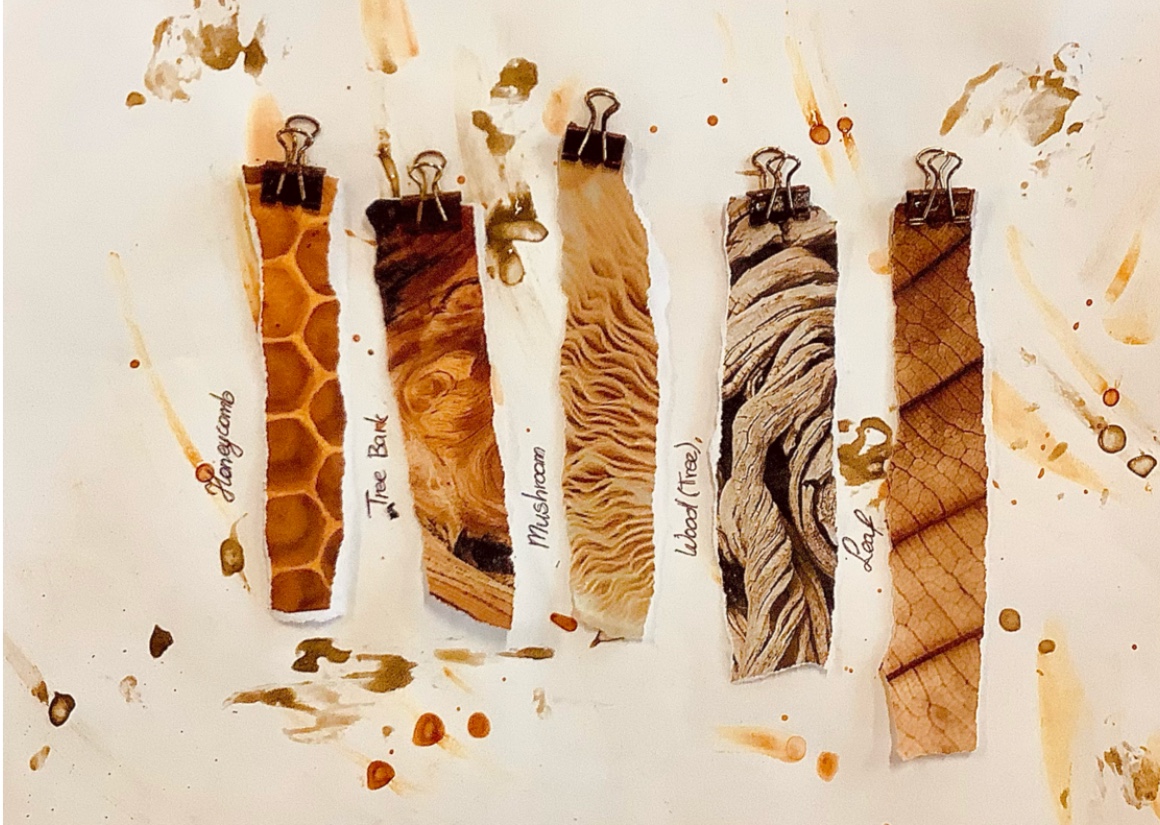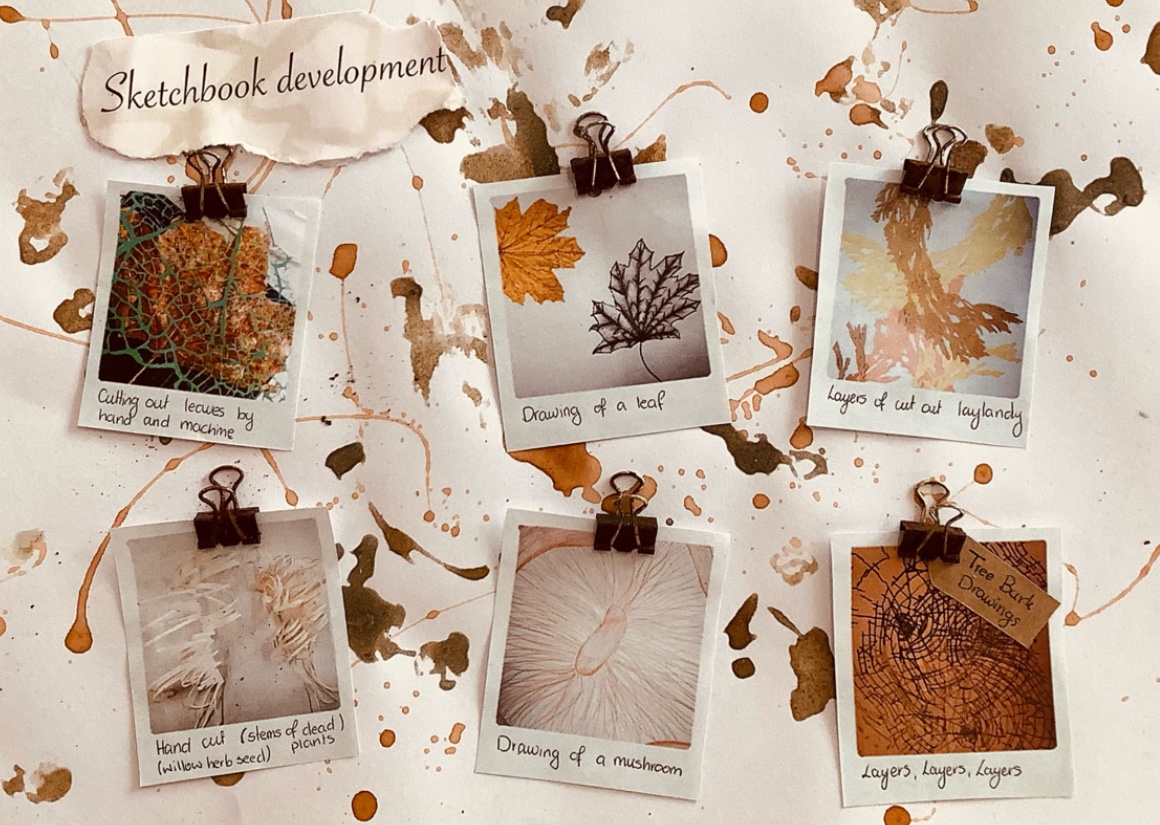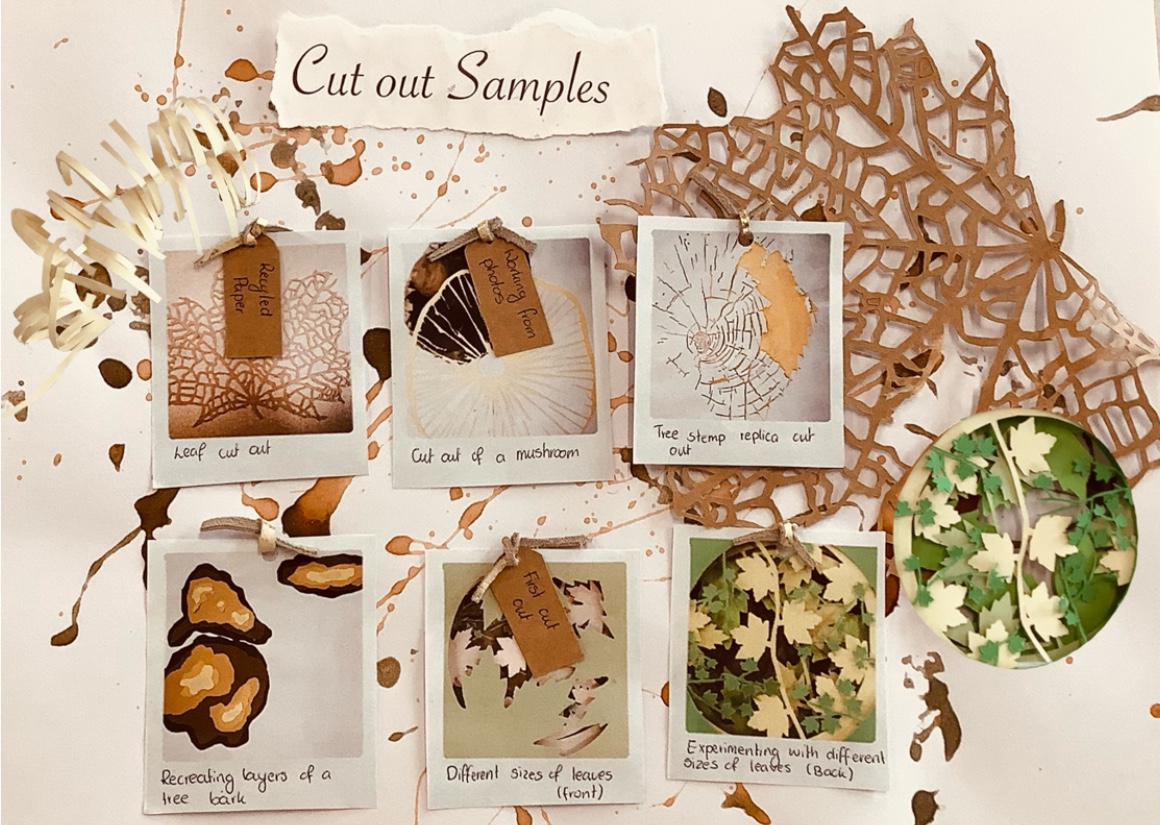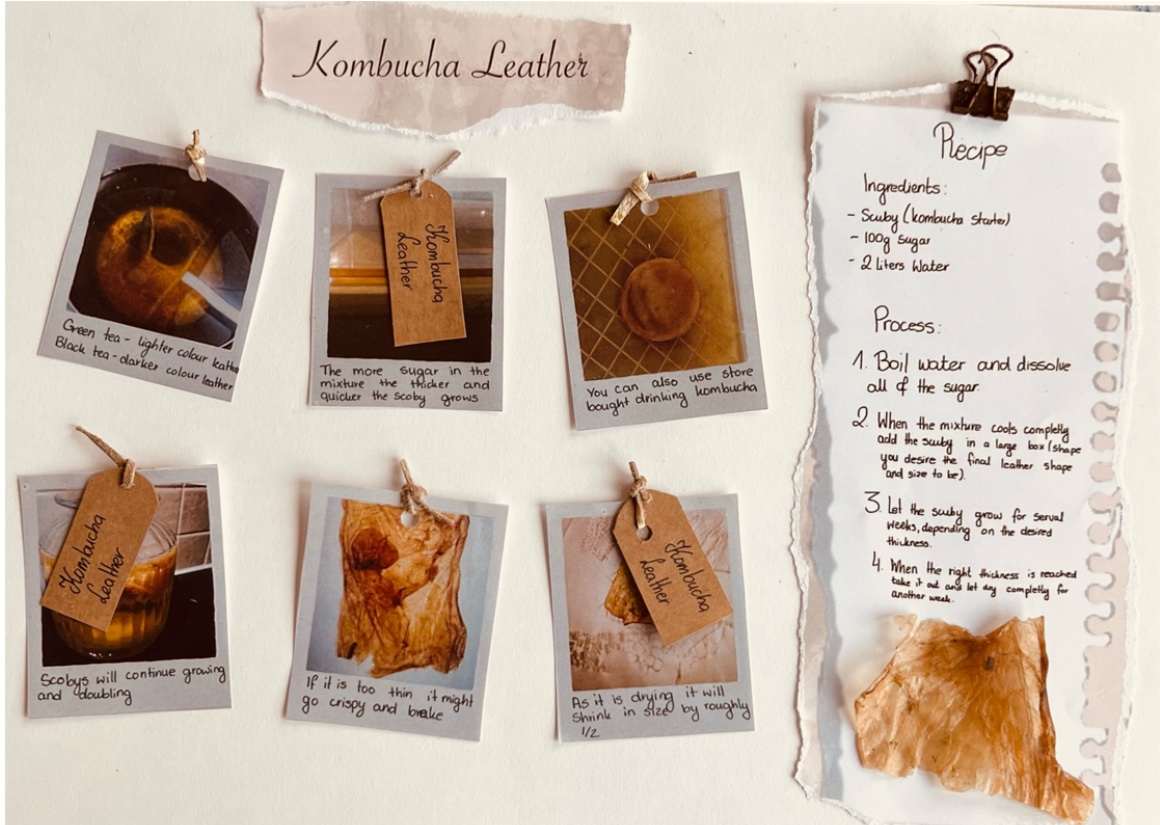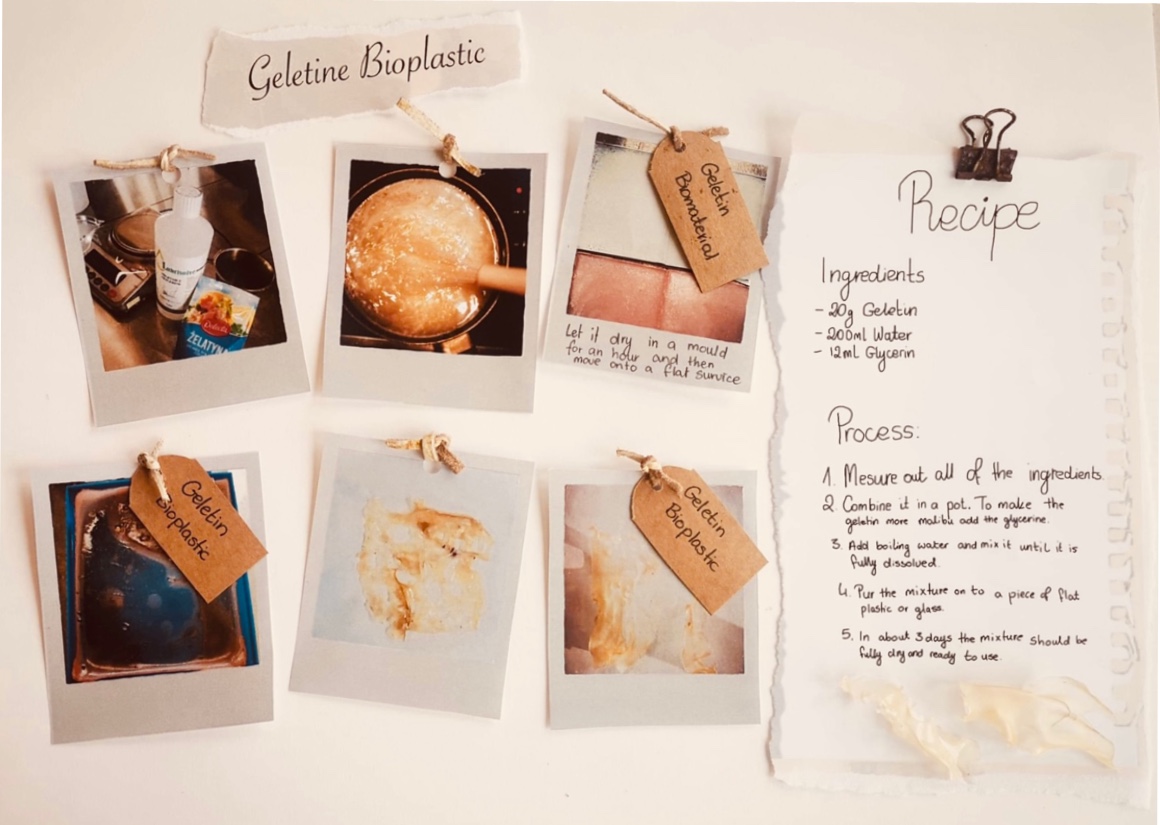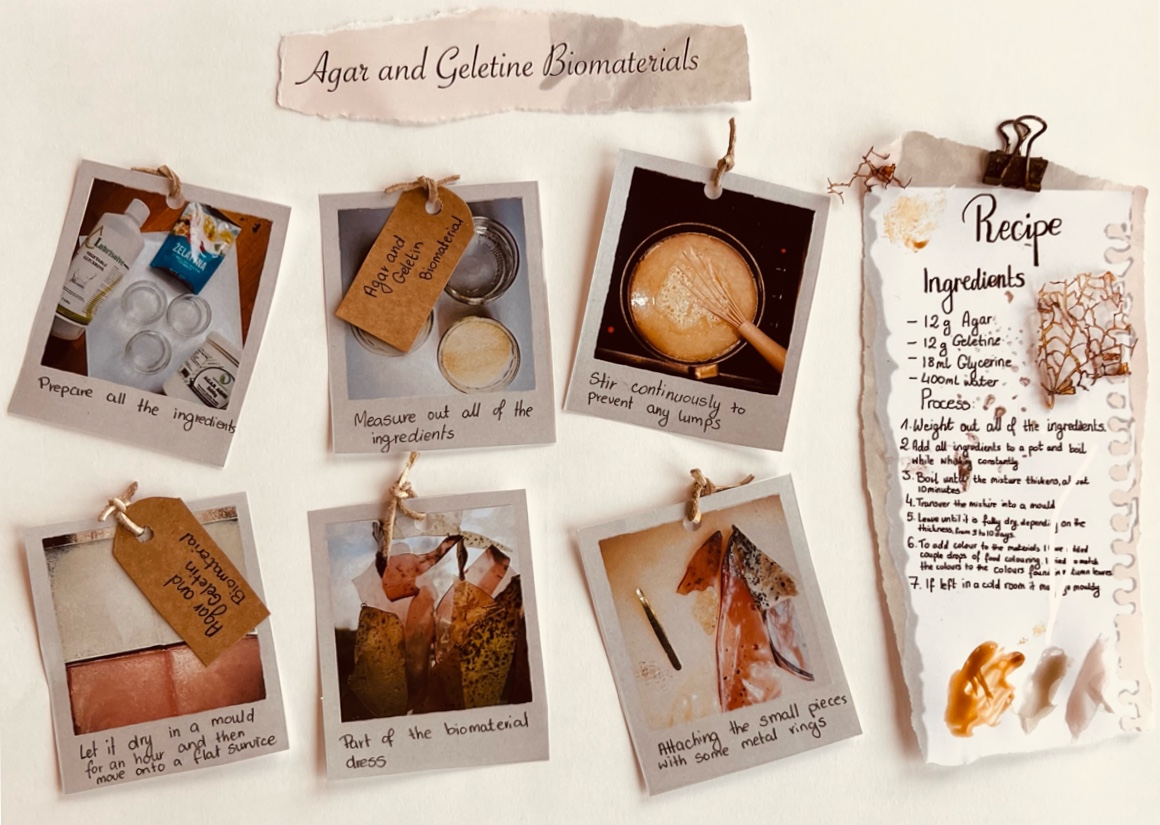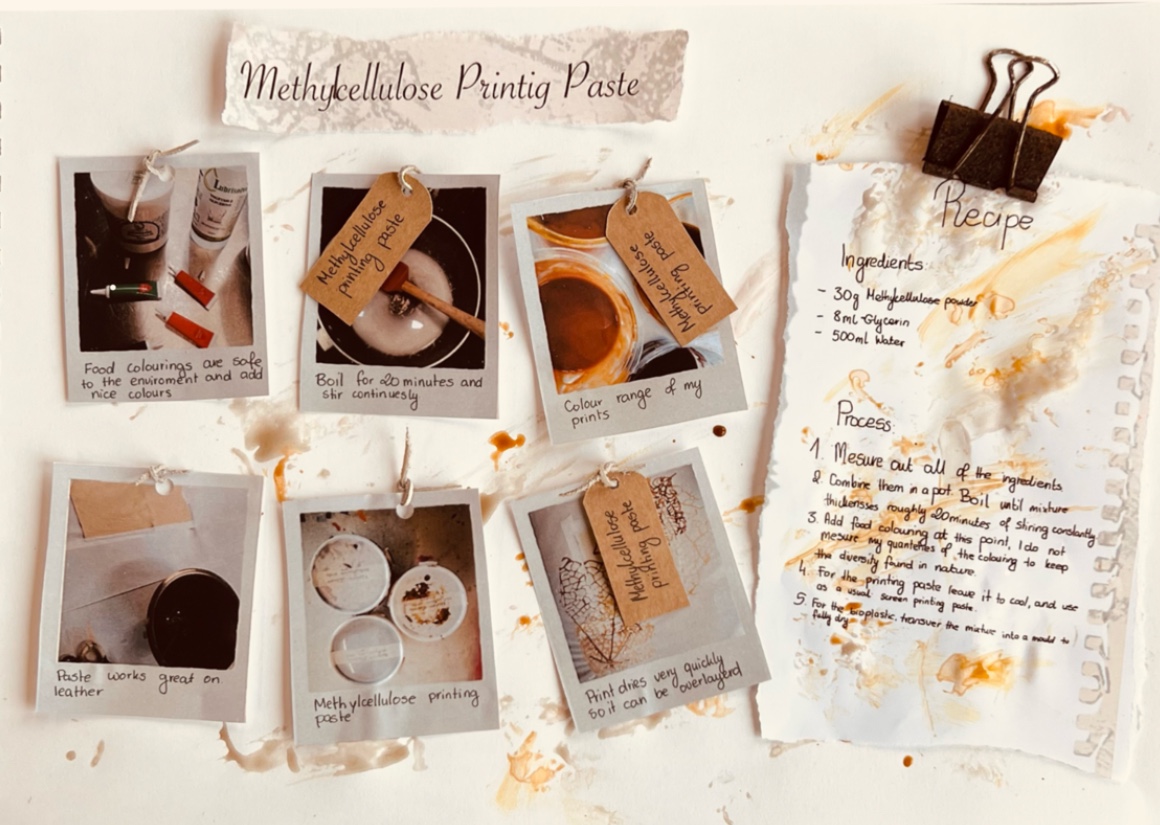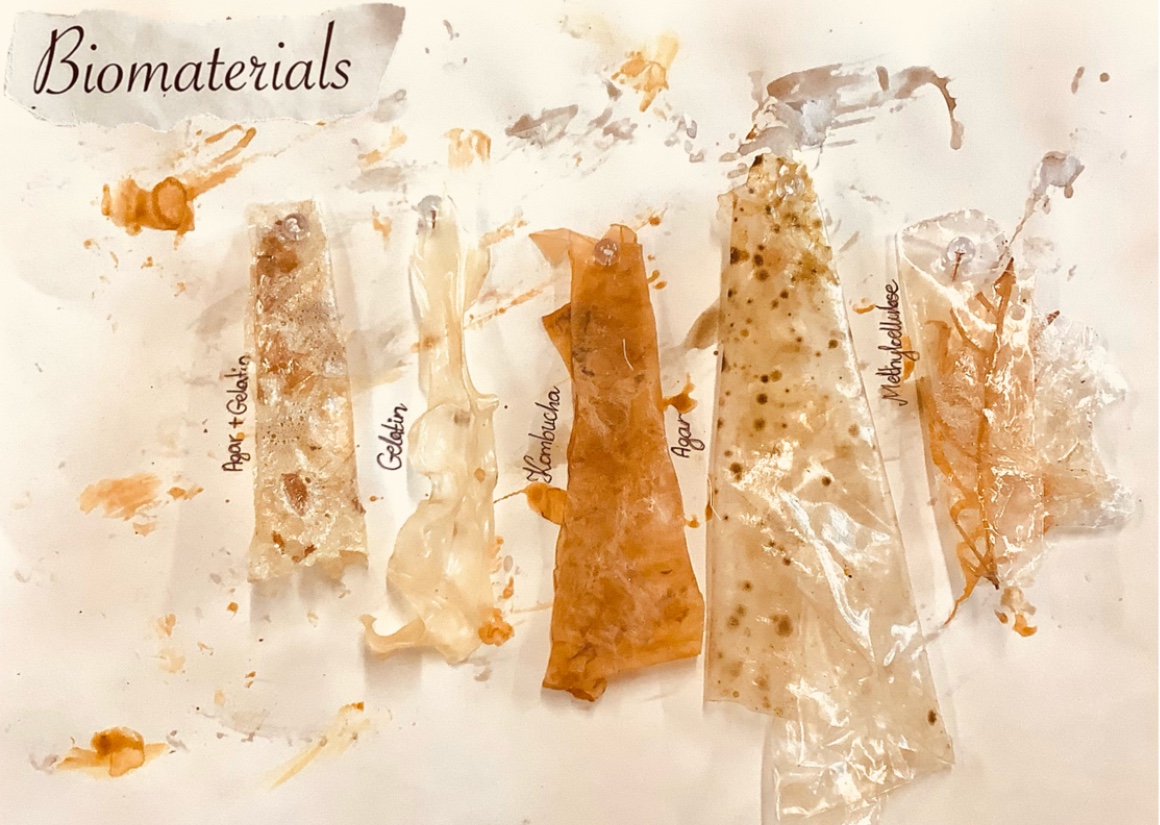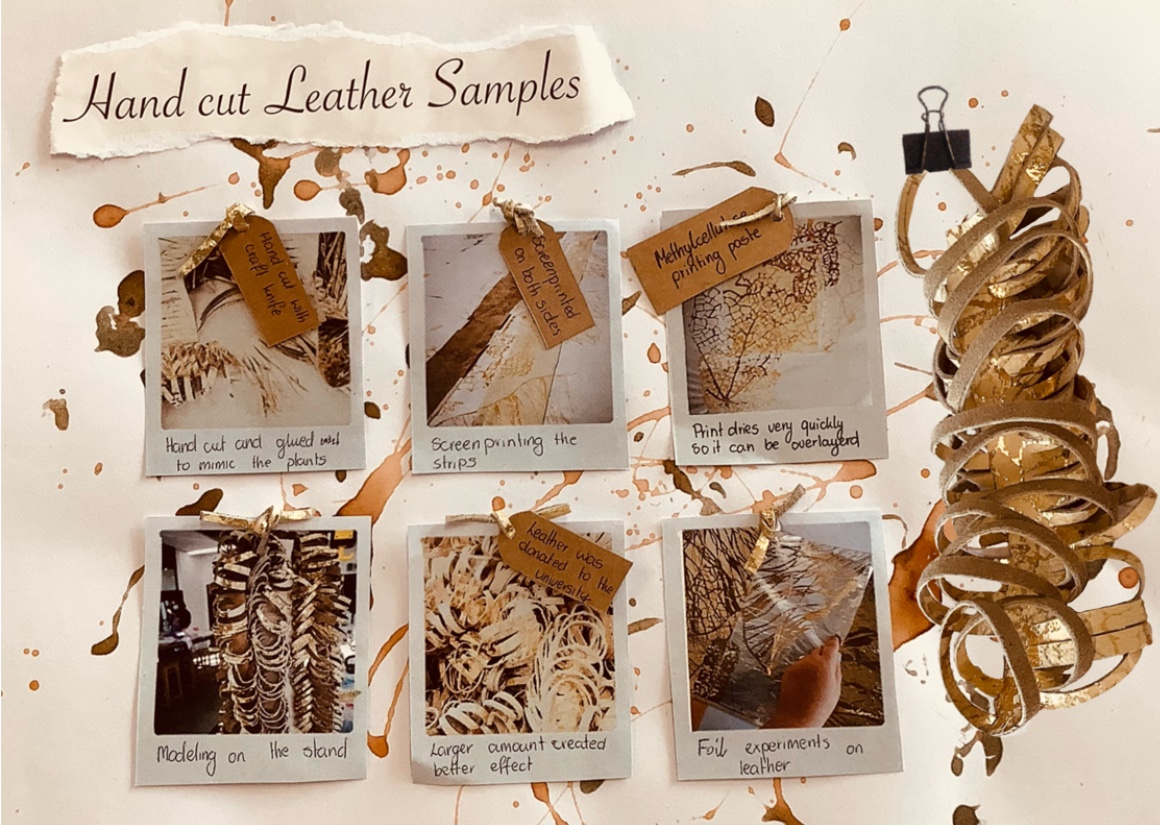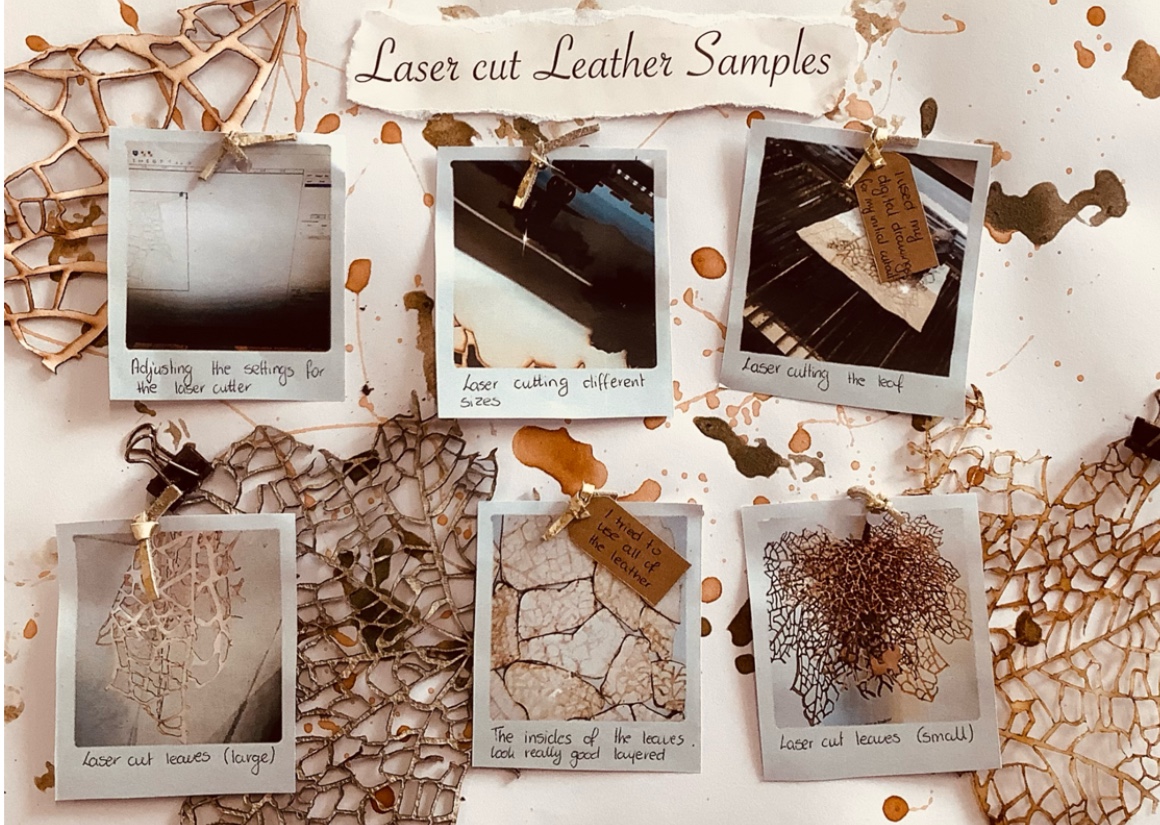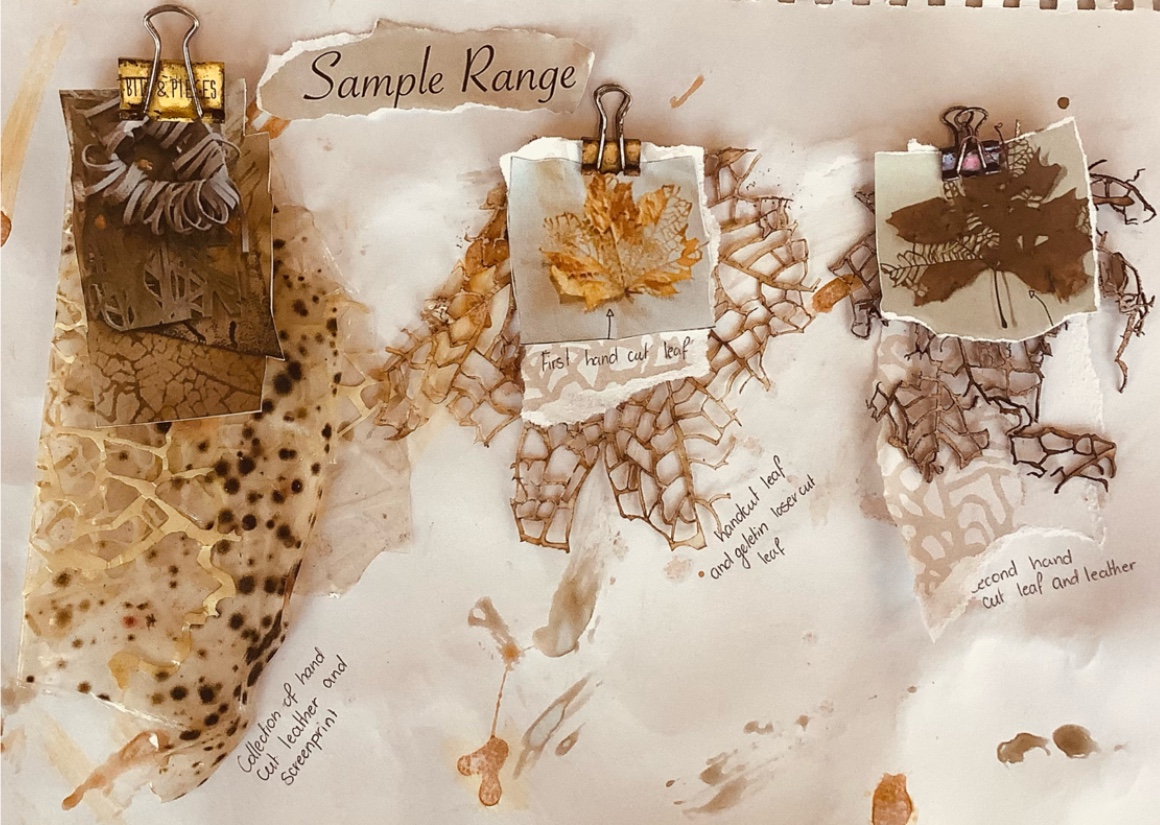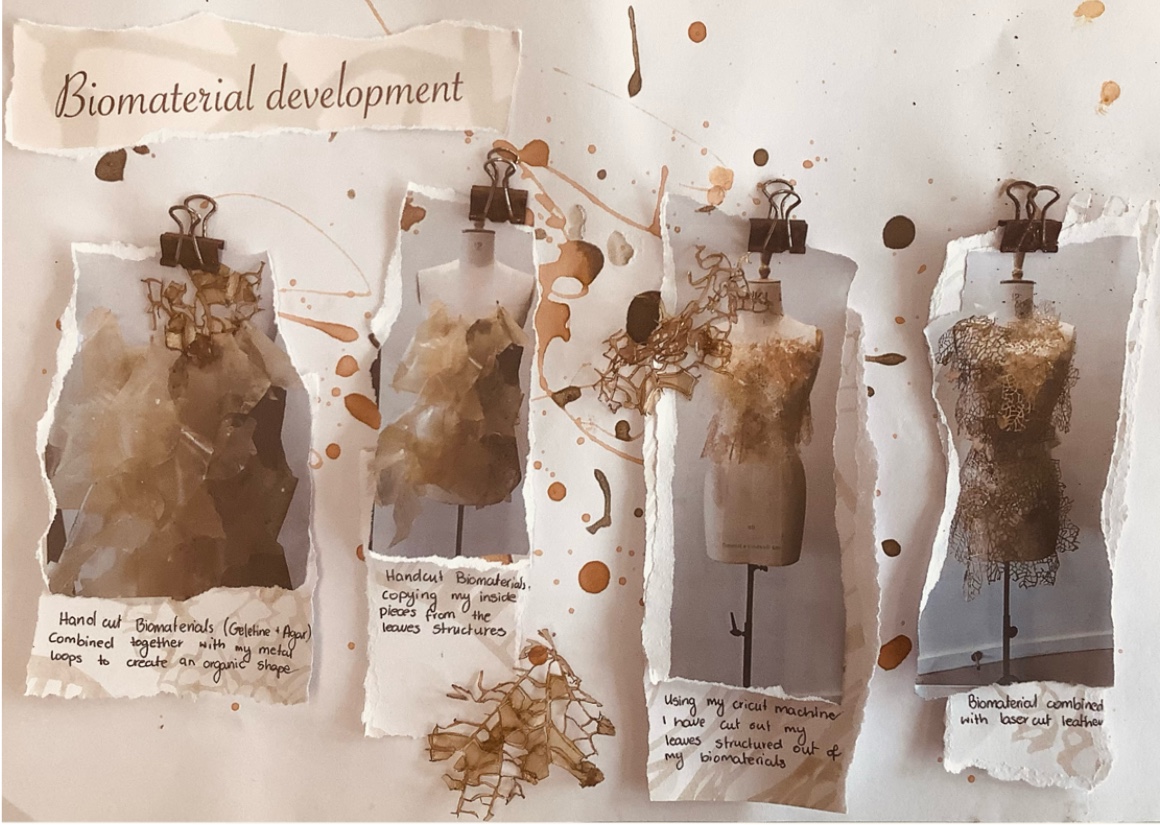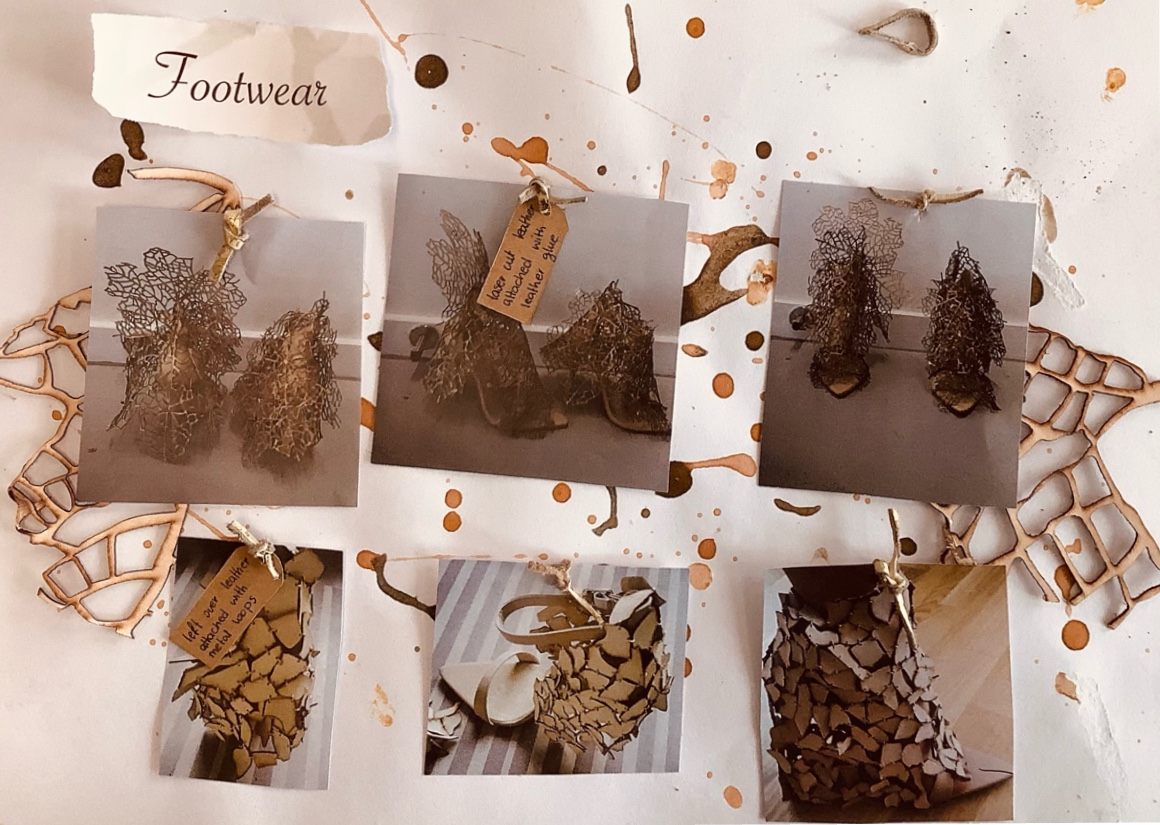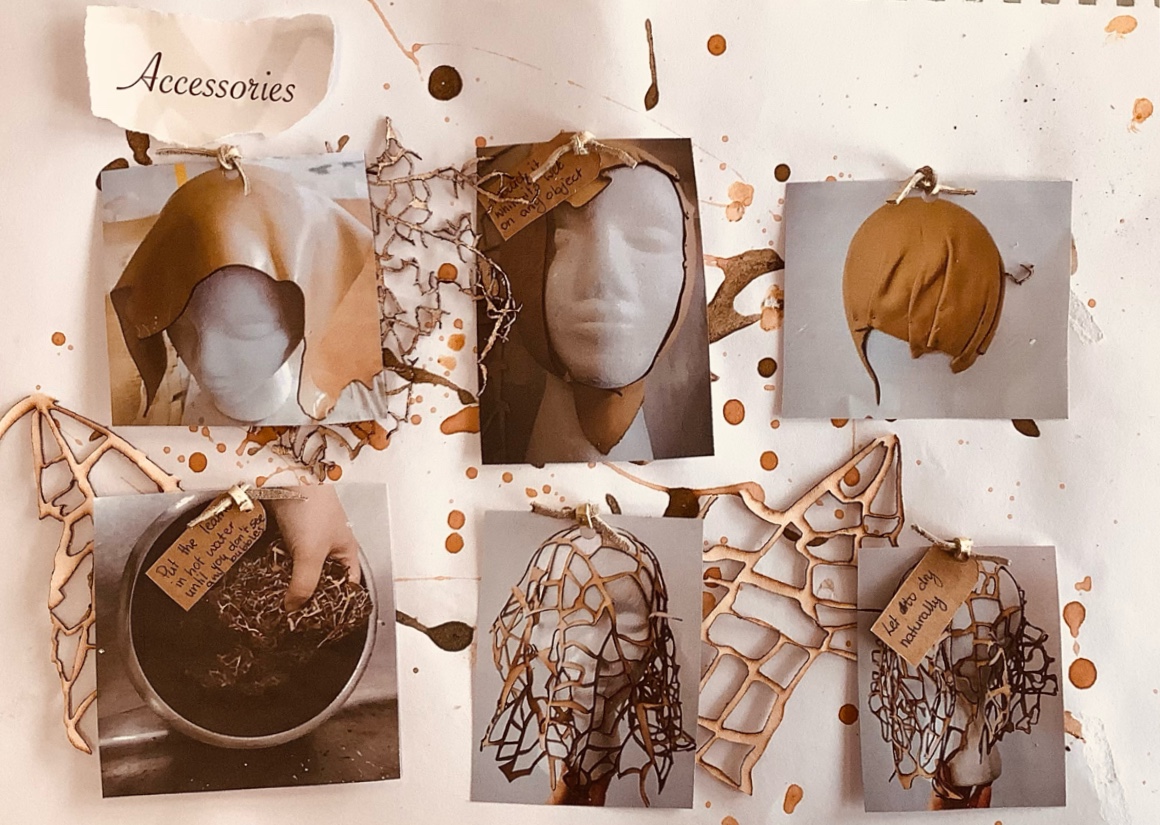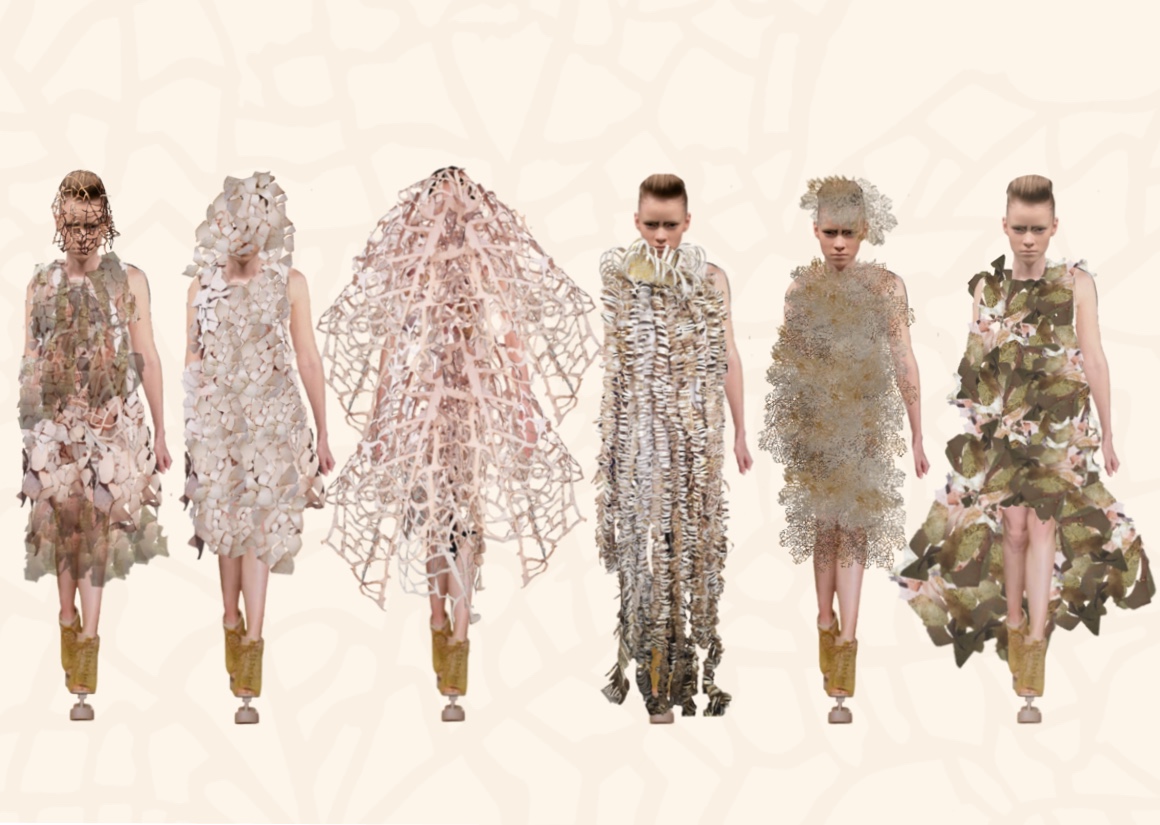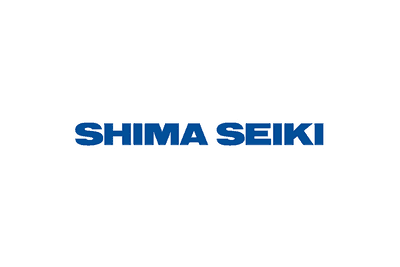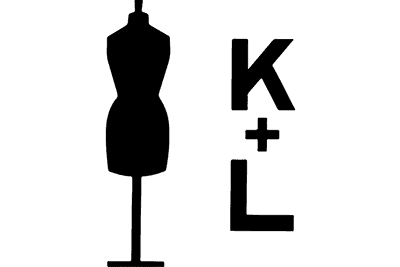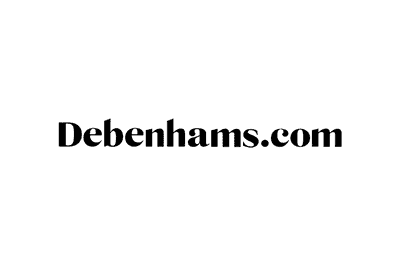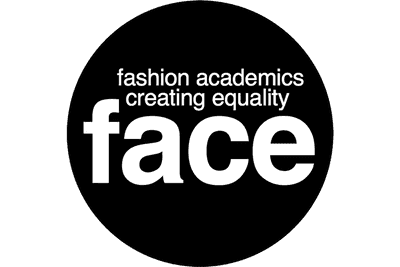
About Me
HI I’M MARTYNA, TEXTILES GRADUATE FROM NORTHAMPTON UNIVERSITY
My project is about natural forms and was inspired by structures in nature. I specifically explored sycamore leaves, and their intricate skeleton structures and how they decay, it was the fallen decaying leaves that began my journey.
Leaves are rich in nutrients and high in carbon compounds so when they decay, they are realised into the soil and fertilise it. This is one of the reasons why I find plants, and especially leaves, incredibly fascinating as they are so beautiful in spring and summer with their vibrant colours and then when they decompose in the autumn time, not only do they produce these amazingly detailed skeletal structures but also provide vital nutrients for the soil. This process inspired my textile development journey.
INSPIRATION
One of main aspects of my final major project is sustainability.
My inspiration to cut into the fallen decomposing leaves came from a local Northampton artist, Aasen Stephenson who collects freshly fallen autumn leaves and carves into them to create very intricate and detailed art pieces. I then experimented by wetting the leaves and began by cutting intricate designs with a scalpel, I wanted my structures to be much simpler and more organic reflecting the natural beauty of the decaying leaves. I followed the natural skeleton structure of the leaves.
Through this project I explored ways in which I could reduce my wastage and be a little more sustainable. I was inspired by pioneers like Suzanne Lee who has explored biomaterials, Suzanne Lee is one of the main researchers of biomaterials using kombucha to make leather. This process as well as interest in food science inspired my exploration of biofabrics in my own kitchen, they do not produce any waste and they are water soluble so at the end of their use they can be simply dissolved in water.
MY WORK
PORTFOLIOS

DETAIL
Taking inspiration from nature,I combined the delicacy of leaves with a more contrasting material.
Through my research and experimentation I looked to varying the contrast in materials with introducing leather and by utilising the universities Institute of Creative Leather Technology leather offcuts given to me but found I was unable to laser cut them because of the tanning processes due to the leather being chrome tanned and it would be harmful to the environment and individuals. With that in mind I then looked for a safer and environmentally safer natural leather solution, vegetable tanned leather provided this solution because Vegetable tanned leather in its tanning process uses tree barks, seeds, vegetables and fruits compared to chrome tanned leather which is tanned with chrome. Vegetable tanned leather is a particularly amazing material because it is very malleable and easy to manipulate into desired shapes or forms, I have achieved different sculpture elements by exploring laser cutting to replicate the leaves skeletal structures, and wet moulding.
